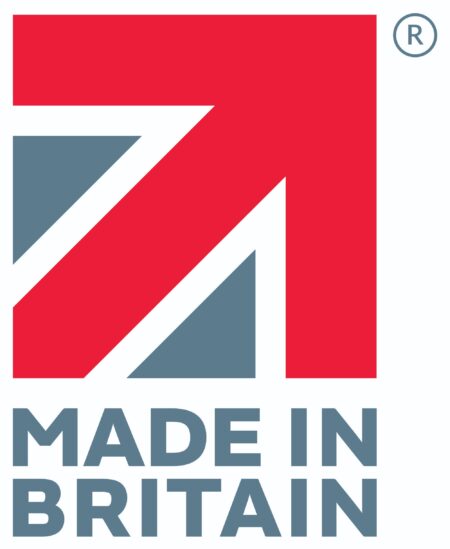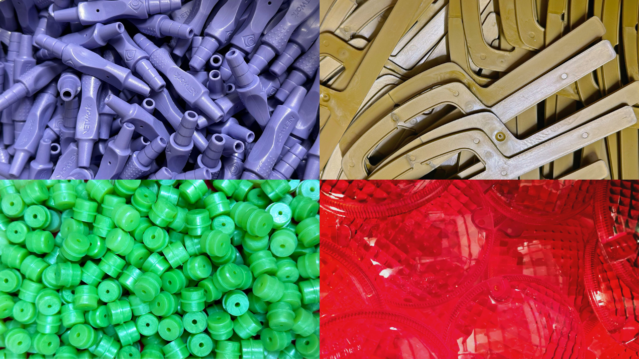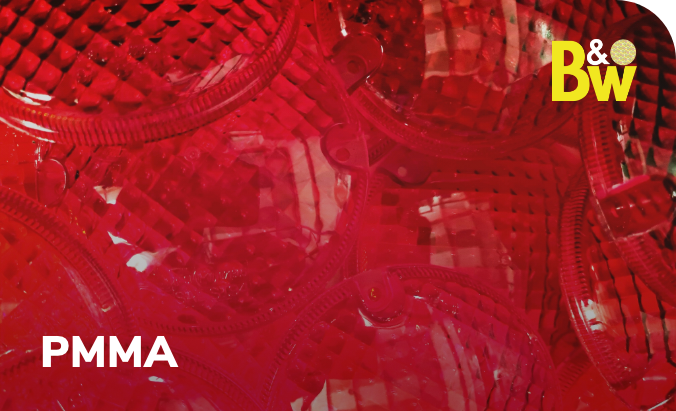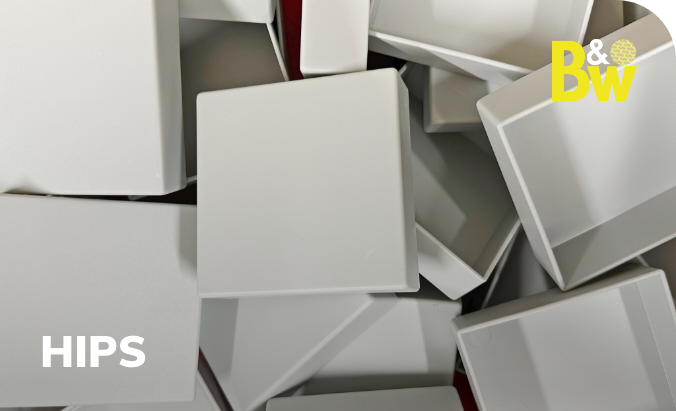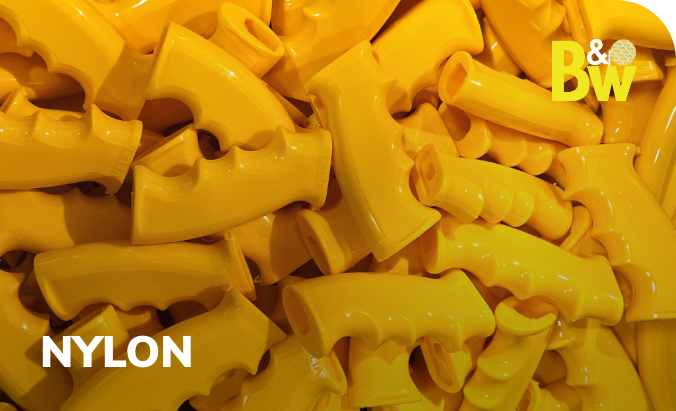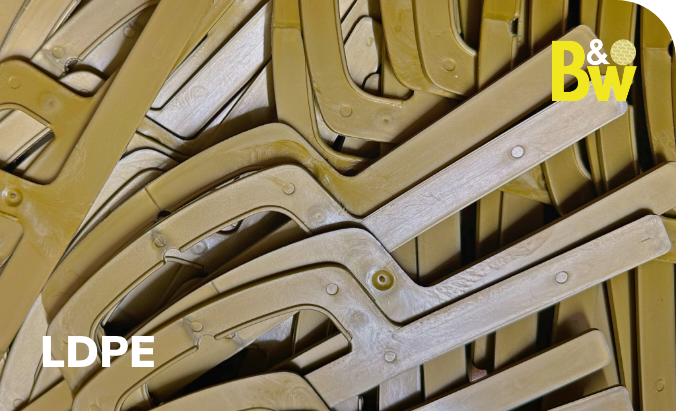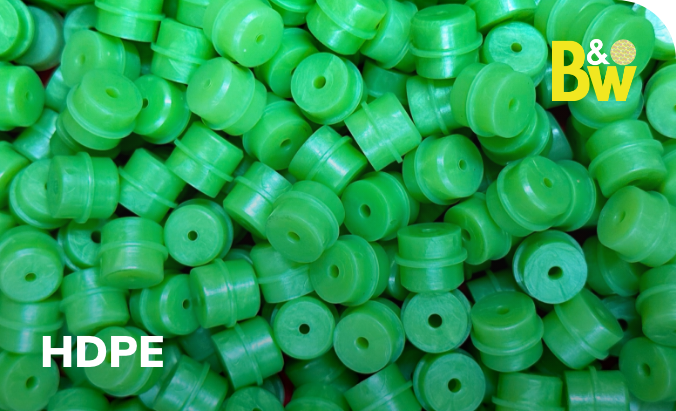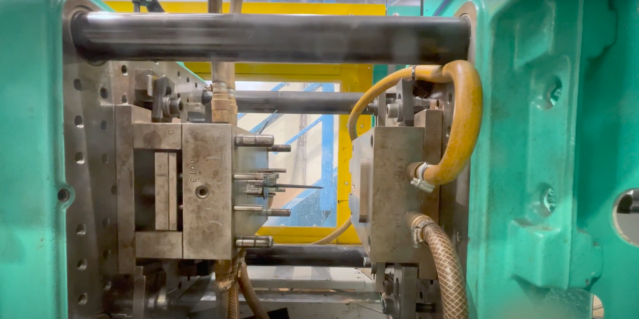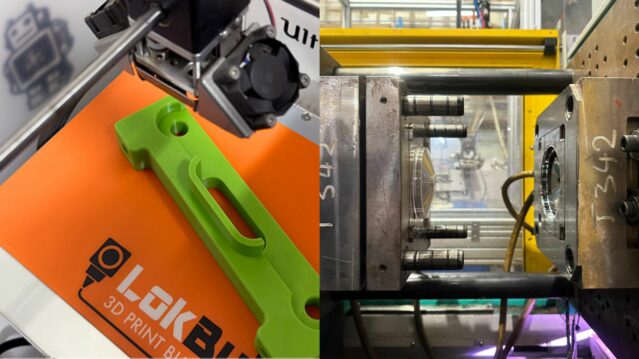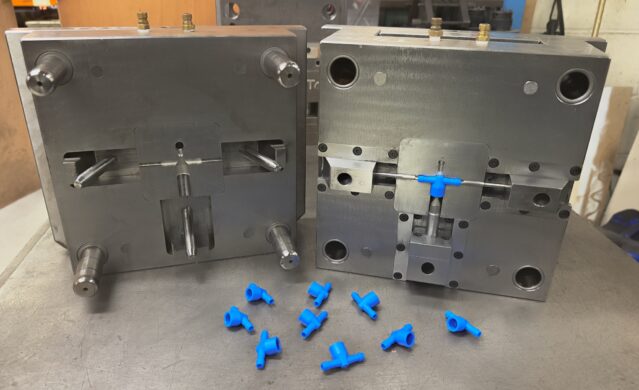13/09/2023
What Are the Most Common Materials Used in Injection Moulding?
Plastic products are everywhere, but how are they actually made? Most plastic products are created through a process called injection moulding. It is a highly efficient manufacturing process that requires the right materials to effectively create products for their intended use. At Bowles and Walker, we use a variety of materials but specialise in eight main plastics.
Polypropylene (PP)
Polypropylene (PP) is the second largest plastic on the market after the polyethylene (PE) family. It can be combined with many reinforcing materials to gain different properties. It is a low cost and low density plastic with excellent chemical and fatigue resistance. It does, however, have poor UV and scratch resistance and is brittle at low temperatures. Typically PP is used in packaging, parts for machinery, fibres and textiles.
Acrylonitrile Butadiene Styrene (ABS)
Acrylonitrile Butadiene Styrene (ABS) is a reliable material in the world of plastics and a great choice for structural applications. If you've ever owned a LEGO set, you've encountered ABS! From toy blocks to keys on a computer keyboard, ABS does it all. Depending on its composition, it is strong, stiff and tough, whilst holding its shape under stress. It has low moisture absorption, can be painted or plated with chrome and is heat and solvent resistant. However, it is sensitive to stress-cracking and UV light.
Polycarbonate (PC)
Polycarbonate (PC) is a strong see-through plastic often used in the electronics, construction and automotive industries for clear protective screens, housings or covers. Although, it's not ideal for household items because it can break if exposed to solvents or degrade if exposed to hot water above 60°C.
High Impact Polystyrene (HIPS)
High Impact Polystyrene (HIPS), starts life off as standard polystyrene (PS) but when modified with a small percentage of rubber it becomes more impact resistant. It is used in both domestic and commercial applications, including children’s toys, bathroom cabinets, marketing displays, rigid tubes and packaging inserts. But, because of its low UV and limited heat resistance it is not suitable for outdoor use.
Low Density Polyethylene (LDPE) and High Density Polyethylene (HDPE)
Low Density Polyethylene (LDPE) and High Density Polyethylene (HDPE) both belong to the Polyethylene (PE) family. LDPE is soft, flexible, and resistant to chemicals but can't handle temperatures over 80°C. It is often used for trays, containers, flexible parts, plugs, and pipes. HDPE has very similar properties to LDPE, but is more rigid and has a better resistance to heat.
Nylon or Polyamide (PA)
Nylon or Polyamide (PA), is the most common engineering plastic. It is strong at high temperatures and has good electrical insulating properties. It can also be made flame retardant but goes brittle at lower temperatures. Nylon is typically used for electrical components like fuses, circuit breakers and transformer housings. It’s also a go-to choice in the automotive industry for replacing metal parts that face a lot of impact.
Polymethyl Methacrylate (PMMA)
Polymethyl Methacrylate (PMMA), the material behind “Plexiglas”, is known for being clear, rigid and hard. It’s very resistant to UV, scratching and solvents, but doesn’t handle stress-cracking well. PMMA is often used in vehicle lights, safety glass, acrylic nails and glass lenses.
How We Can Help
At Bowles and Walker, we deal with a wide variety of materials and have the right material for your product's requirements. If you're not sure which plastic would suit your project, our team of experts are here to help. If you'd like to learn more about our services, please don't hesitate to get in touch by calling us on 01953885294 or emailing info@bowles-walker.com. We're excited to collaborate with you and embark on your journey to develop products, cut costs and support UK manufacturers.
*Source from: Ulf Bruder (2014) Users Guide to Plastic. Estonia: Bruder Consulting AB

